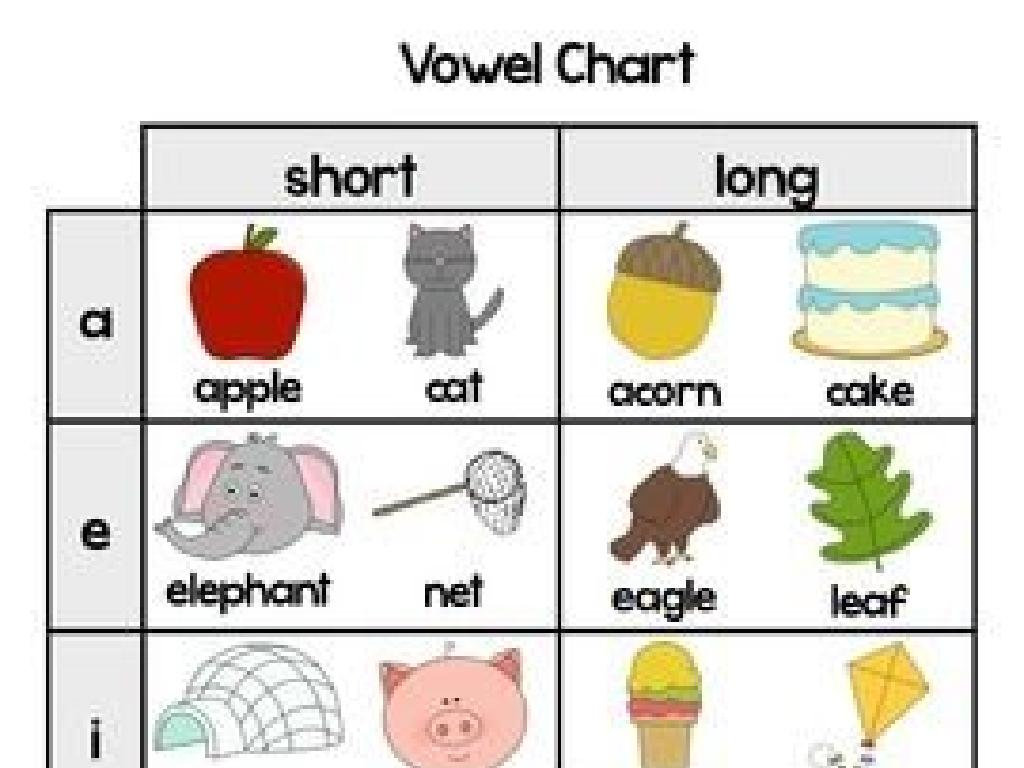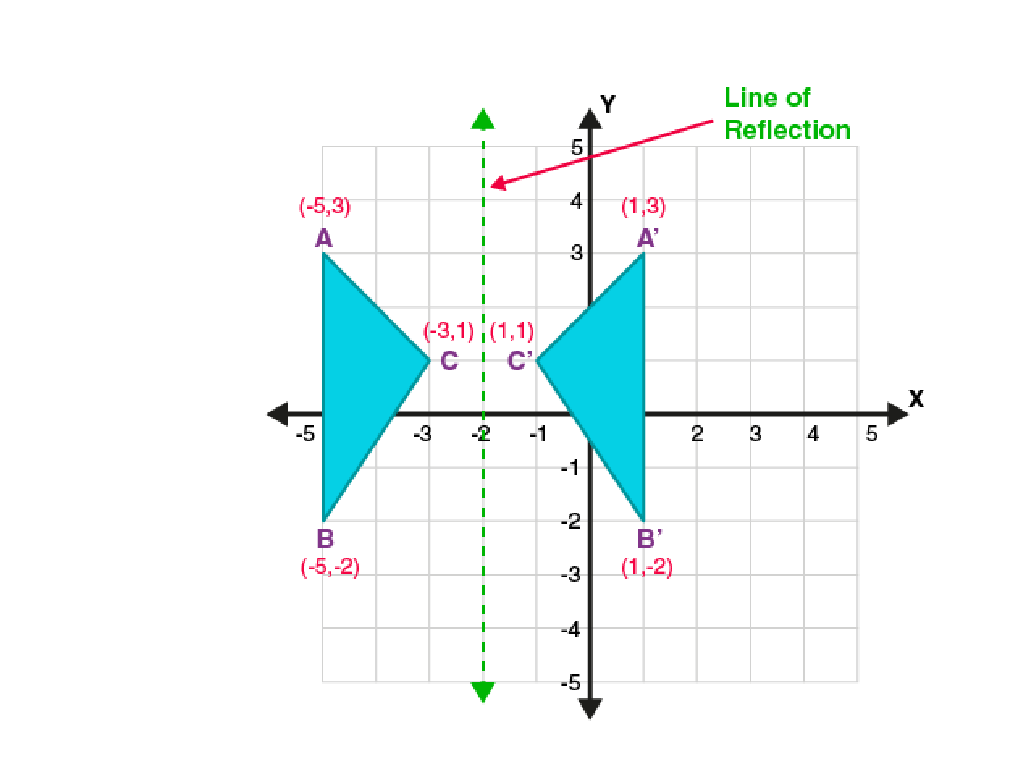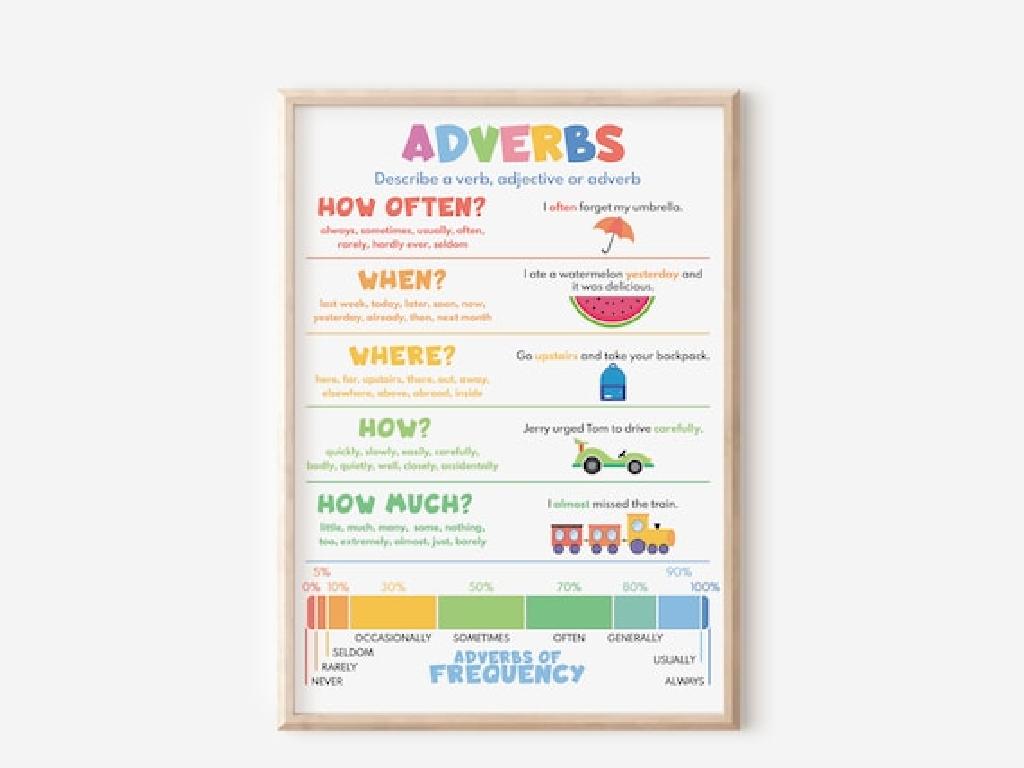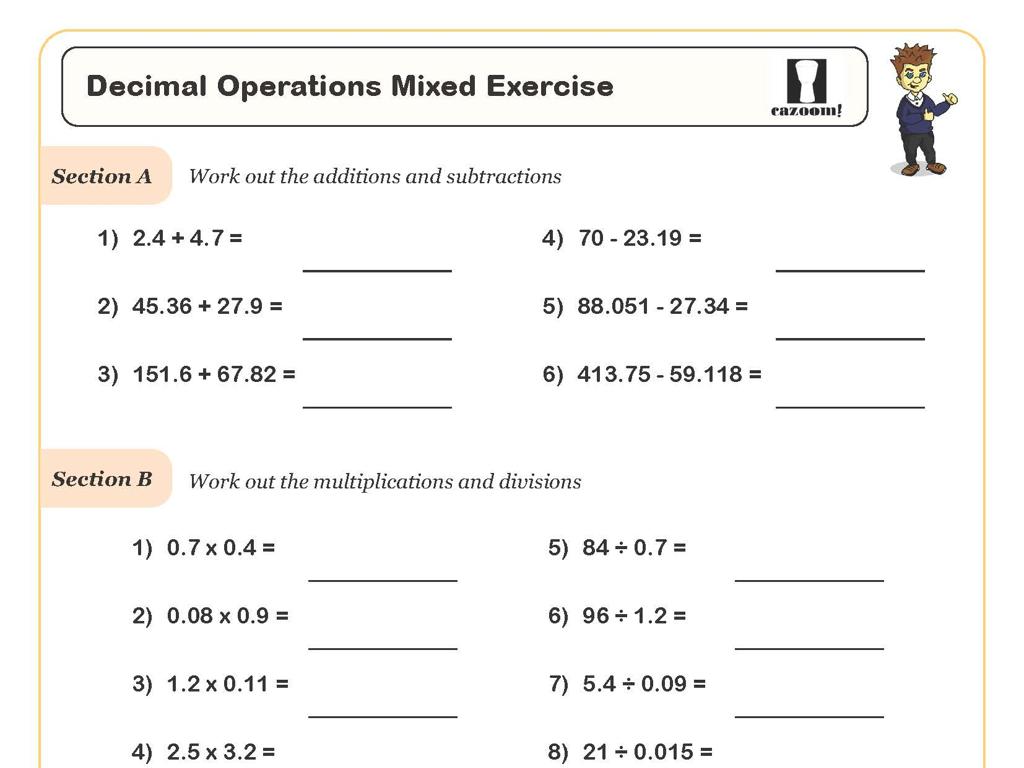Costs And Benefits
Subject: Social studies
Grade: Seventh grade
Topic: Basic Economic Principles
Please LOG IN to download the presentation. Access is available to registered users only.
View More Content
Understanding Costs and Benefits
– Economics in daily life
– How we make choices about what to buy or do every day.
– Key economic principles
– Basic rules that explain how our economy works.
– Exploring costs and benefits
– Weighing the advantages and disadvantages of a decision.
– Making informed decisions
– Use costs and benefits to choose wisely.
|
This slide introduces students to the concept of costs and benefits, a fundamental aspect of basic economic principles. Begin by discussing how economics is present in everyday decisions, such as choosing to buy a snack or save money. Explain that economic principles are the rules that guide these decisions. Focus on the idea of costs (disadvantages or what we give up) and benefits (advantages or gains) and how they influence our choices. Encourage students to think of examples from their lives where they had to weigh costs against benefits to make a decision. This will help them understand the importance of considering both aspects to make informed choices that can lead to better outcomes.
Understanding Costs in Economics
– Define economic costs
– Costs are expenses incurred in the production of goods or services.
– Costs: Money, Time, Resources
– Examples: Spending cash, investing time, using materials.
– Fixed vs. Variable Costs
– Fixed costs remain constant; variable costs change with production levels.
– Analyzing cost types
|
This slide introduces the concept of costs within the framework of economics, tailored for a seventh-grade social studies class. Begin by defining economic costs as the expenses that businesses or individuals incur when producing goods or services. Illustrate this with relatable examples such as spending money, investing time, or using resources like materials or energy. Differentiate between fixed costs, which do not change regardless of the amount produced, and variable costs, which fluctuate with the level of output. Encourage students to think of examples from daily life, such as the cost of running a lemonade stand. Discuss how understanding the types of costs is crucial for making informed economic decisions.
Understanding Benefits in Economics
– Define economic benefits
– Benefits are gains from economic choices, like earning money or happiness from a purchase.
– Examples: Profit, satisfaction, skills
– Profit is money earned, satisfaction is happiness, skills are abilities gained.
– Tangible vs. Intangible Benefits
– Tangible benefits can be measured, like money. Intangible are felt, like joy.
– Analyzing benefits in decisions
|
This slide aims to explain the concept of benefits as part of economic decision-making. Begin by defining benefits as the positive outcomes or gains derived from an economic action. Provide relatable examples such as profit from a lemonade stand, the satisfaction of buying a desired toy, or learning new skills from a class. Discuss the difference between tangible benefits, which have a physical presence or can be quantified, like money, and intangible benefits, which are more subjective, like happiness or experience. Encourage students to think about the benefits they’ve experienced from their own decisions to help them understand the concept’s relevance to everyday life.
Understanding Cost-Benefit Analysis
– Comparing costs and benefits
– Weighing the positives and negatives of a choice
– Decision making with analysis
– Use analysis to choose the best option
– Real-life gadget purchase example
– Example: Deciding to buy a smartphone
– Analyzing pros and cons
– List advantages (pros) and disadvantages (cons)
|
This slide introduces students to the concept of cost-benefit analysis, a critical thinking tool used in economics to evaluate the pros and cons of a decision. Start by explaining how to compare the costs (negatives) and benefits (positives) of potential actions. Emphasize the importance of this analysis in making informed decisions, whether in personal finance, business, or public policy. Use a relatable example, such as the decision to buy a new gadget like a smartphone, to illustrate how to apply cost-benefit analysis in everyday life. Discuss the advantages, such as new features and better performance, against the disadvantages, like cost and potential for obsolescence. Encourage students to think of other examples where they can apply cost-benefit analysis.
Understanding Opportunity Cost
– Define opportunity cost
– Cost of the foregone alternative when a choice is made
– Explore ‘next best alternative’
– The option you give up when you choose something else
– Studying vs. Playing example
– Choosing study time over game time, what are the benefits and costs?
– Making informed choices
|
Opportunity cost is a key concept in economics that refers to the value of the next best alternative that is given up when making a decision. It’s important for students to understand that every choice has a trade-off and that opportunity cost helps us to weigh the benefits of one option against the costs of not choosing the other. For example, if a student decides to spend an hour studying instead of playing, they gain knowledge but lose leisure time. This concept will help students to think critically about their decisions and to understand the importance of prioritizing their options based on their values and the potential outcomes. Encourage students to consider opportunity costs in their daily lives and to discuss the implications of their choices.
Applying Economic Principles: Costs & Benefits
– Everyday decisions & trade-offs
– Choosing between options involves weighing the cost against the benefit.
– Businesses and cost-benefit analysis
– Companies assess potential profit against expenses before investing.
– Governments: Policy & economics
– Policy decisions are influenced by economic impact on society.
– Balancing costs with benefits
|
This slide aims to illustrate the practical application of cost-benefit analysis in various aspects of life. Students should understand that every decision they make, whether it’s choosing what to buy or how to spend their time, involves considering the costs and benefits. For businesses, this analysis is crucial for making investment decisions and ensuring profitability. Governments use these principles to evaluate the impact of public policies, aiming to maximize social welfare. Encourage students to think of examples in their lives where they have to weigh costs against benefits, and discuss how this economic principle guides decision-making at different levels, from personal to national.
Class Activity: Cost-Benefit Role Play
– Divide into groups, assign roles
– Discuss and analyze a scenario
– Perform a cost-benefit analysis
– Weigh the pros and cons of the scenario
– Present decision and reasoning
|
This activity is designed to help students understand the concept of cost-benefit analysis in a practical and engaging way. Divide the class into small groups and assign different roles to each member, simulating real-life situations where economic decisions are made. Provide each group with a unique scenario that requires a decision to be made, such as whether to buy new equipment for a school sports team or fund a field trip. Encourage students to discuss the potential costs and benefits associated with each option. After the analysis, each group will present their decision and the reasoning behind it to the class. This will foster critical thinking and public speaking skills. Possible scenarios include school budget allocation, community project funding, or personal financial decisions. The teacher should circulate, offering guidance and ensuring that discussions stay on track.






